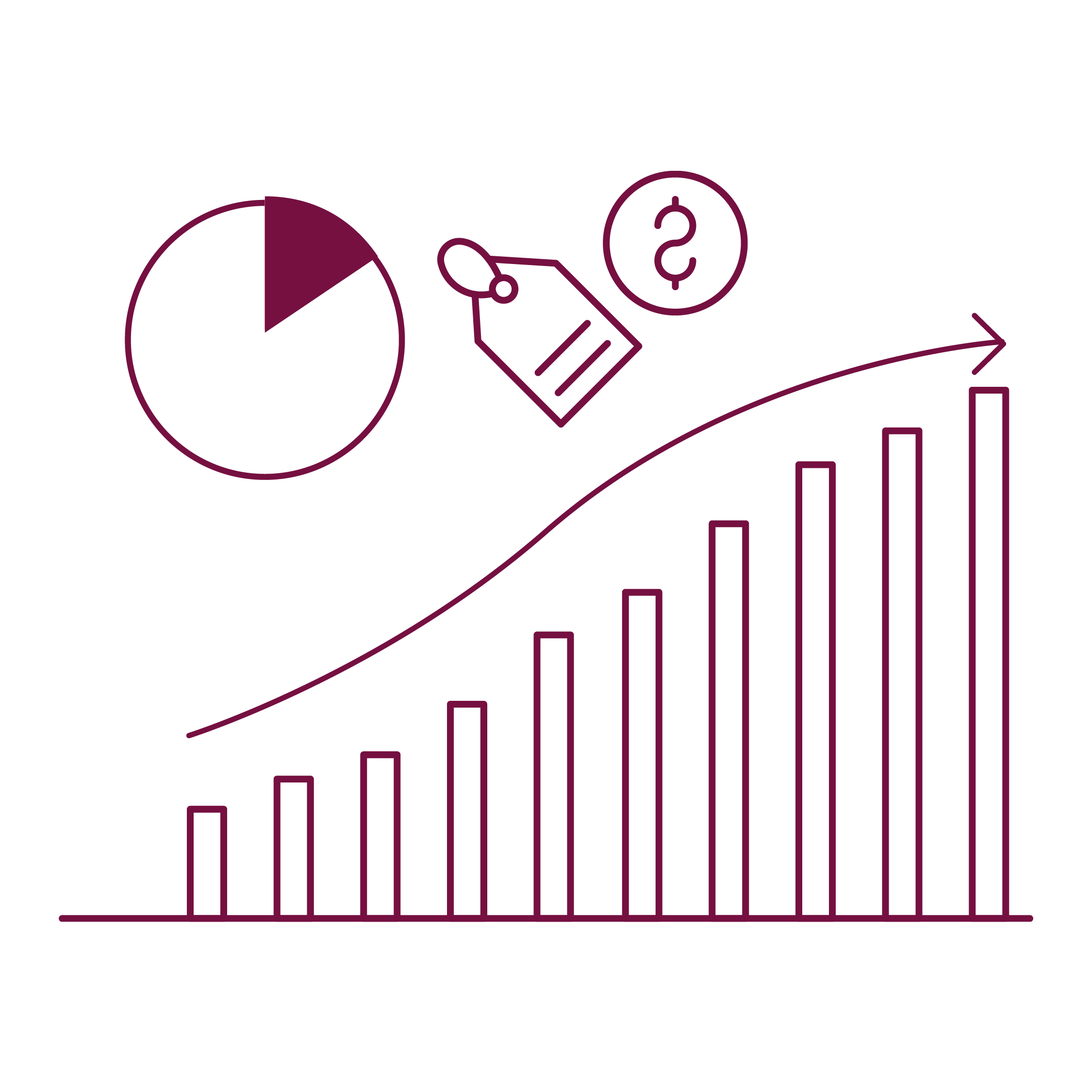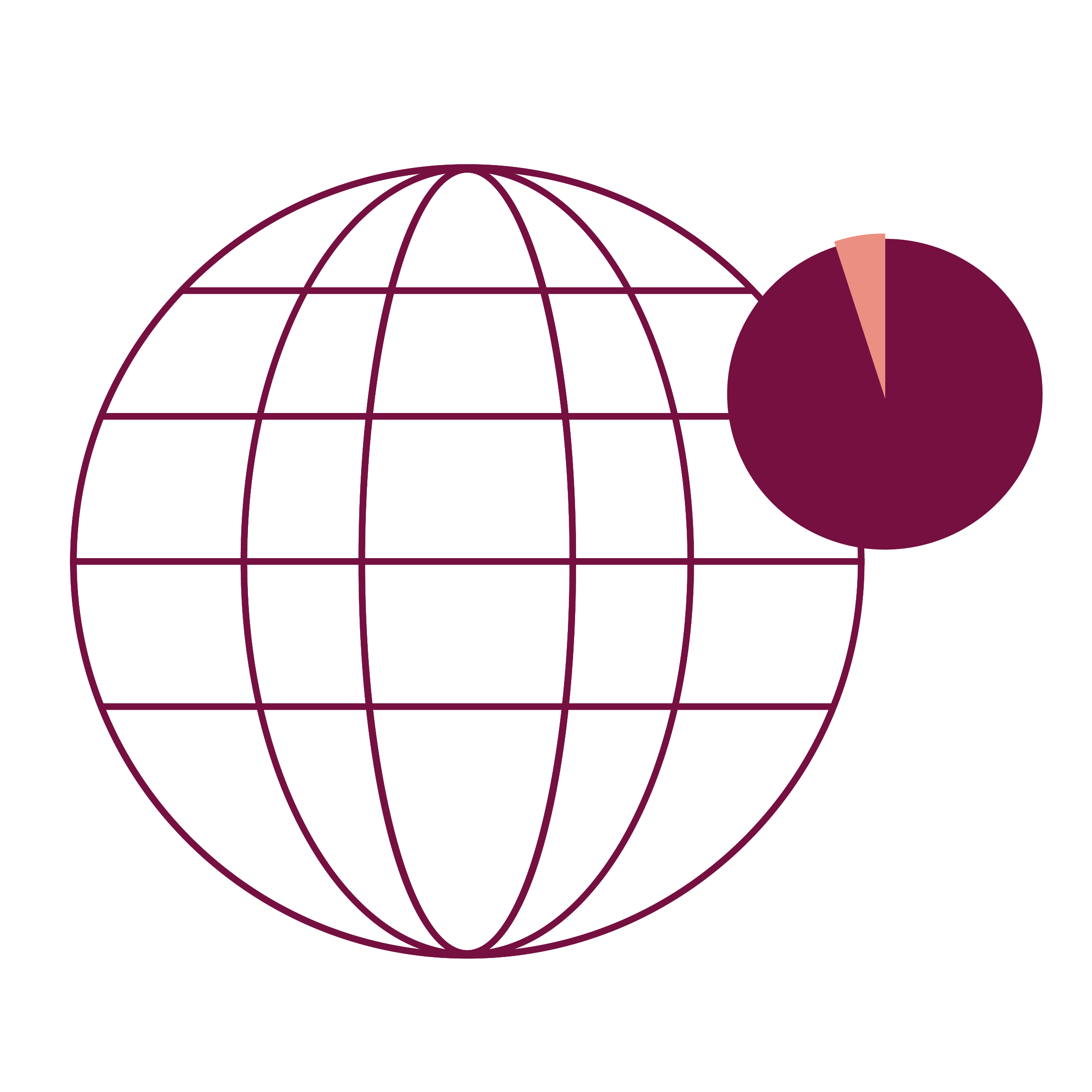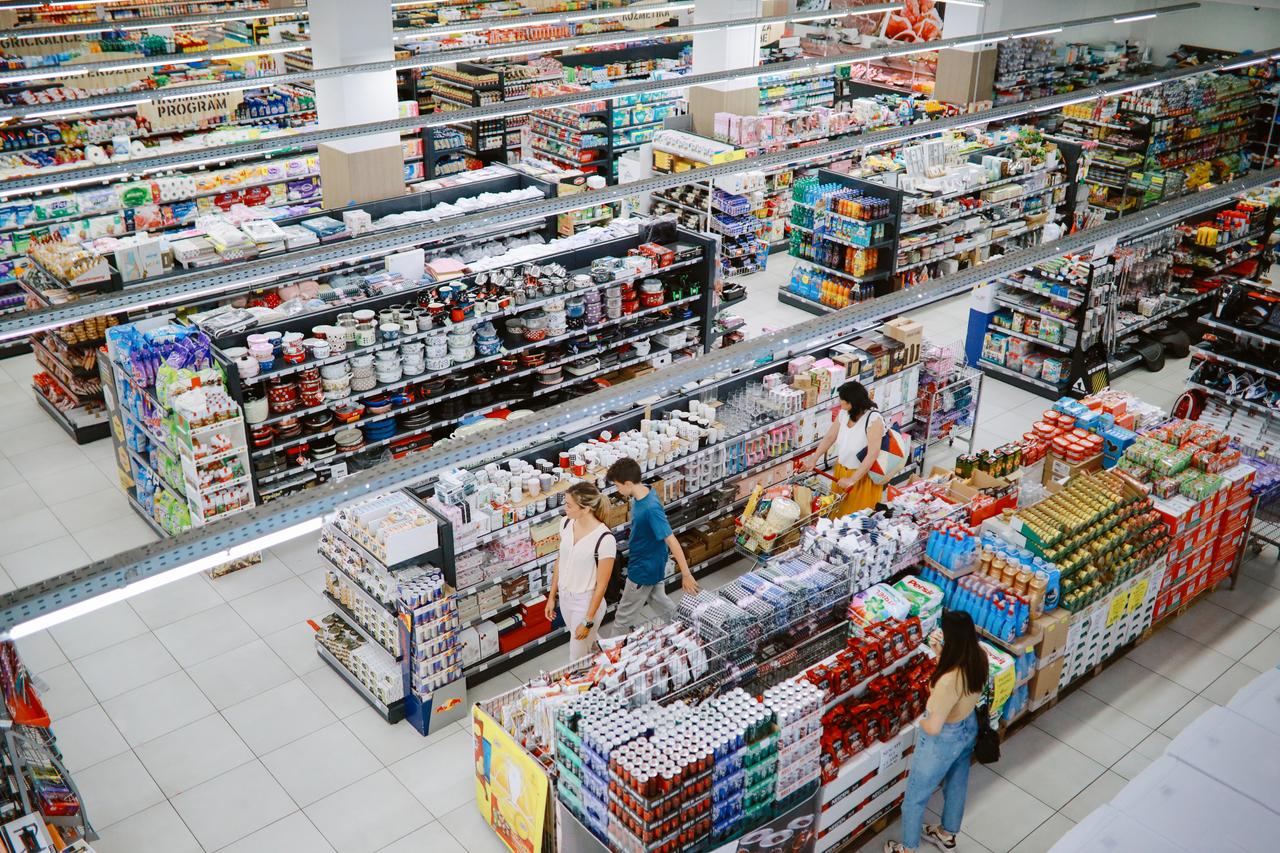First the coronavirus; now the military conflict in Ukraine. What is the impact on global trade? Our research department has published a report on this. The consequences of the renewed lockdowns in China are also included. In this article, we list the most significant consequences.
Firstly, we focus on the effect of the Russian invasion on global economic growth. We lowered the growth forecast for 2022 to +3.3% and for 2023 to +2.8%. Russia itself has suffered the severest impact. The country is entering a deep recession this year due to a decline of at least -8%.
Nearly two-thirds of our downward revision of global growth projections is owing to diminishing confidence and supply chain problems. The remaining growth loss is the result of higher input prices. Not only is global inflation increasing faster than previously thought, but higher inflation will also be more persistent. For 2022, we assume 6% inflation — almost 2% higher than previous estimates.





